International
Former Vice President Glas leaves the hospital and returns to Ecuador’s maximum security prison
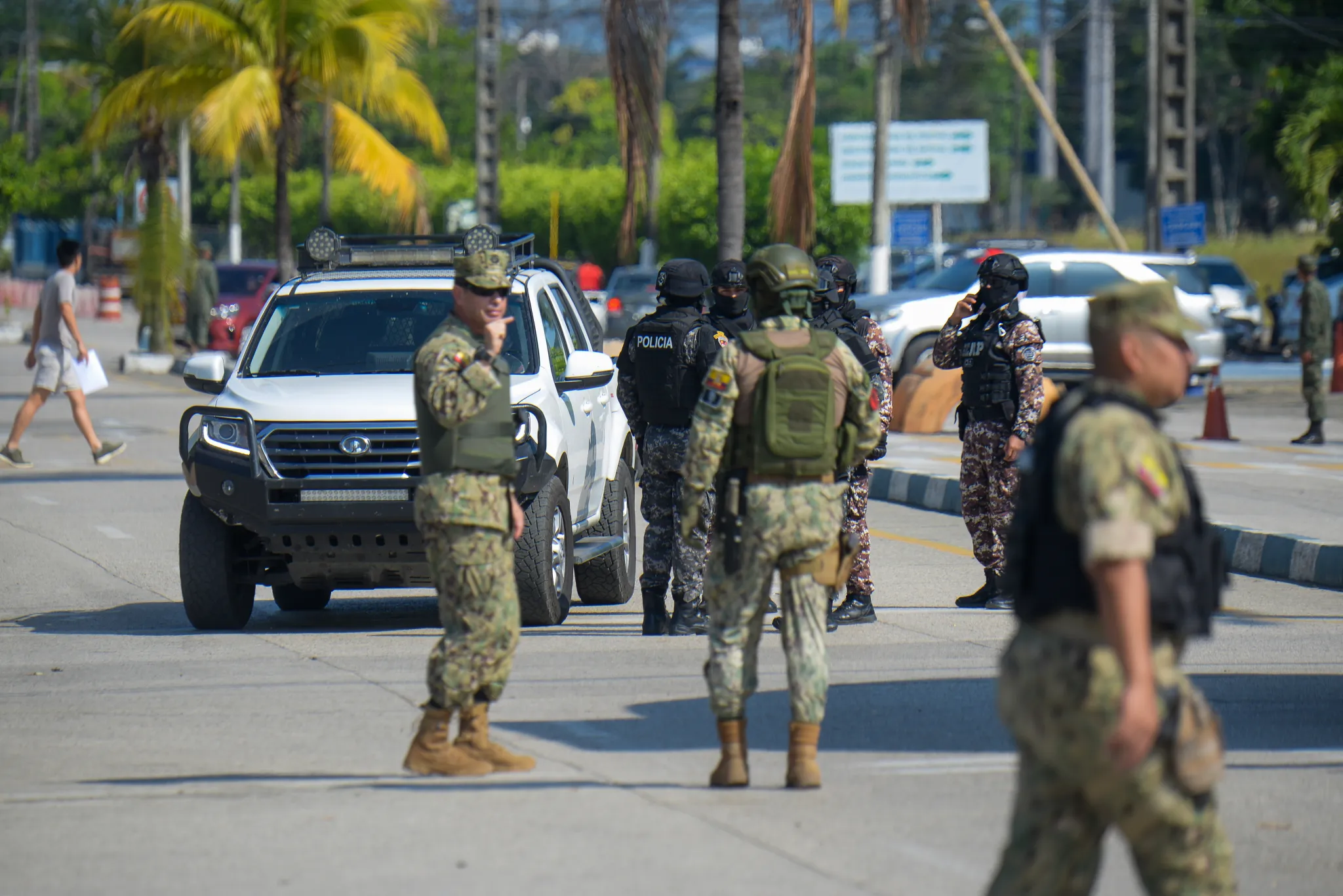
Former Vice President of Ecuador Jorge Glas, arrested last Friday after a police raid on the Mexican Embassy in Quito, was imprisoned again after recovering in a hospital from a decompensation that a police party attributes to a possible overdose of medicines and that the penitentiary authorities relate to his refusal to eat food.
The National Service of Integral Care for Adults Deprived of Liberty (SNAI), the state’s prison agency, indicated that it “has just entered the Deprivation of Liberty Center” of La Roca, the country’s maximum security prison.
The former vice president was under observation at the Naval hospital in the city of Guayaquil, according to the SNAI in its statement.
According to the evaluations carried out, “at the moment it has stable health parameters and within the normal range, so you can receive the corresponding medical discharge,” he said in the letter.
The penitentiary agency had advanced that in the course of this Tuesday, in “strict compliance with security protocols,” Glas will return to La Roca, where he was detained after his detention at the Mexican embassy.
Glas’s lawyer, Andrés Villegas, considered the SNAI statement succinct and complained about the lack of official information about the real situation around Glas’s health breakdown that occurred on Monday.
This is because a police party – to which Glas’s defense had access – mentions an alleged drug poisoning, while the SNAI refers to a decompensation for the lack of food intake.
Villegas told EFE that they expect to receive official information about the situation of Glas, who was a minister and vice president during the presidential term of Rafael Correa (2007-2017), with whom he has been friends since his youth. He was also vice president of Lenín Moreno (2017-2021) in the first months of his term.
Glas, who had entered the Mexican Embassy in Quito last December, asked the Mexican State for asylum, which granted it last Friday, and hours later the president of Ecuador, Daniel Noboa, ordered the police assault on the diplomatic headquarters to stop him, which caused the breakdown of relations by Mexico.
The assault on the embassy has received international condemnation. Ecuador justifies its action for the fight against corruption.
Glas is being prosecuted for embezzlement of funds in a case about the reconstruction of Manabí. In addition, he must complete an eight-year sentence for two other cases, after having been in prison for nearly five years between 2017 and 2022.
International
Petro expresses concern over fatal shooting during mass protests in Lima
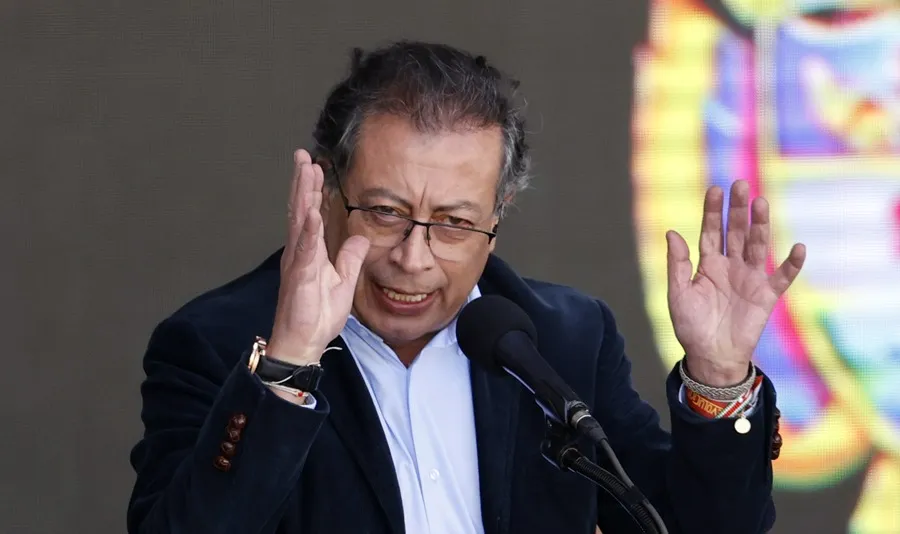
Colombian President Gustavo Petro voiced his “concern” on Thursday over recent events in Peru, following the death of a protester reportedly shot during a massive demonstration in Lima against the government and Congress.
“I must express my concern over the events in Peru. A young artist has been killed in citizens’ protests,” Petro wrote on X (formerly Twitter).
The Colombian leader also noted that in Peru, “a popularly elected president remains imprisoned without conviction,” referring to Pedro Castillo, who led the country from July 2021 to December 2022 until he was removed by Congress following a failed attempted coup.
“This is a blatant violation of the American Convention on Human Rights,” Petro stated, adding, “I hope Peru seeks social and political dialogue to legitimize its public institutions.”
On Wednesday, Peru experienced widespread protests in several cities, with the largest demonstration in Lima in recent years, driven by citizens’ concerns over corruption and public insecurity.
During the capital’s mobilization, the Ombudsman’s Office confirmed the death of Eduardo Ruiz, 32, and reported clashes that left over 100 injured, including 78 police officers and 24 protesters, as well as ten arrests.
The Attorney General’s Office, investigating Ruiz’s death “in the context of serious human rights violations,” confirmed that the protester was shot.
International
Peru’s interim president José Jerí refuses to resign after protester’s death in Lima
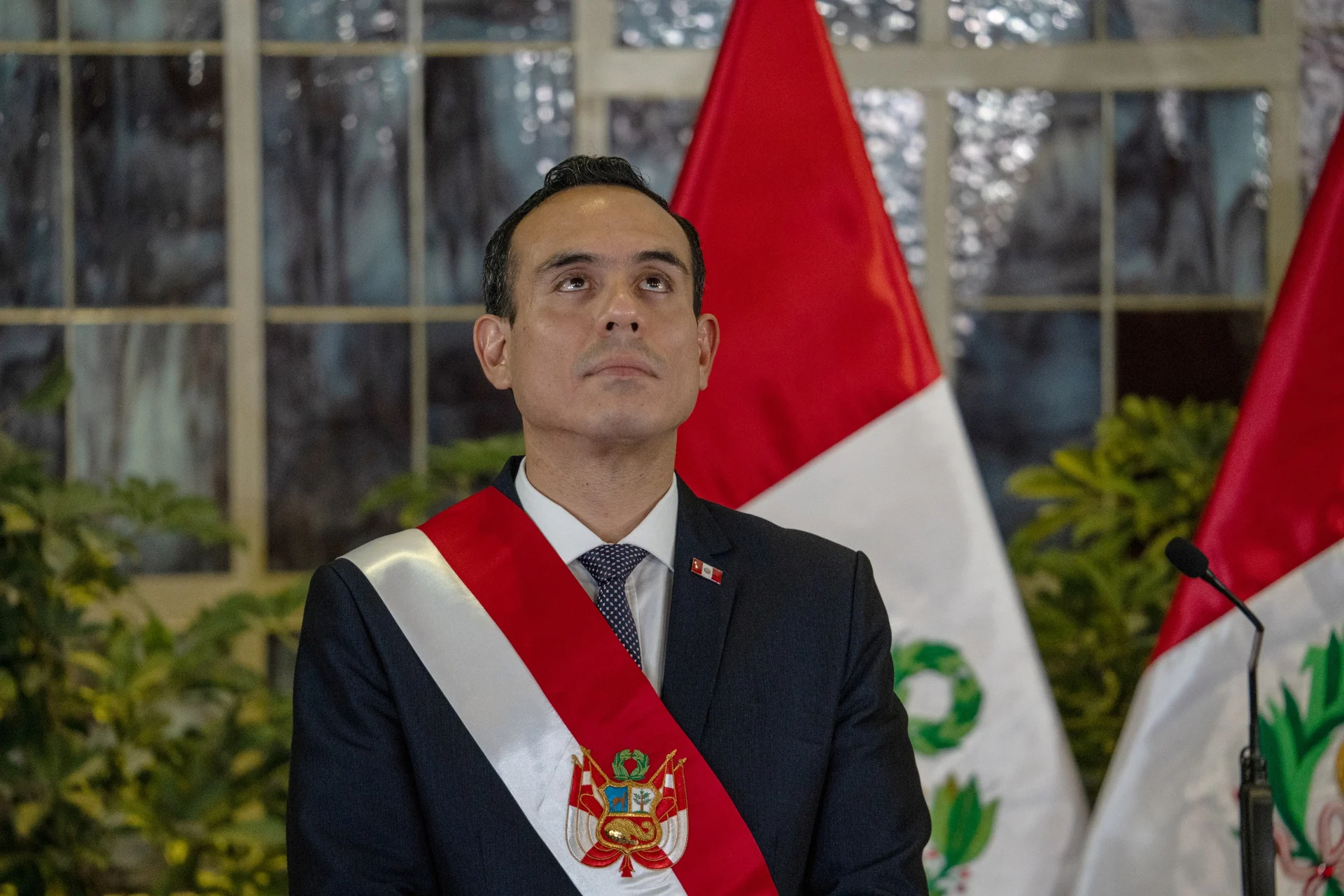
Peru’s interim president, José Jerí, stated Thursday that he has no intention of resigning from the post he assumed last Friday, following the removal of former president Dina Boluarte, despite growing unrest over the death of a protester during massive demonstrations in Lima on Wednesday.
“I will not resign,” Jerí declared outside the Government Palace in Lima, where he returned on foot after making a surprise visit to Congress headquarters alongside Prime Minister Ernesto Álvarez.
Earlier, after leaving the Legislative Palace, the president acknowledged that the country is going through “difficult times” and condemned what he described as “a small group attempting to impose an agenda different from the citizens’ expression of discontent.”
Jerí expressed condolences for the death of Eduardo Ruiz, a 32-year-old man who died during Wednesday’s protest against the government and Congress, amid growing anger over corruption and insecurity.
“We stand in solidarity with his family,” he said, without offering further details about the incident, which has sparked outrage among Peruvians.
The president also described the demonstrations as “a legitimate civic expression” that later turned violent due to “certain groups seeking to provoke chaos by exploiting a peaceful citizen movement.”
“In a state governed by the rule of law, the rights of both demonstrators and security forces must be protected,” Jerí emphasized, adding that “as a result of that situation, this unfortunate death occurred outside the main area where the protest was taking place.”
International
Mexican government prioritizes 191 communities after deadly floods
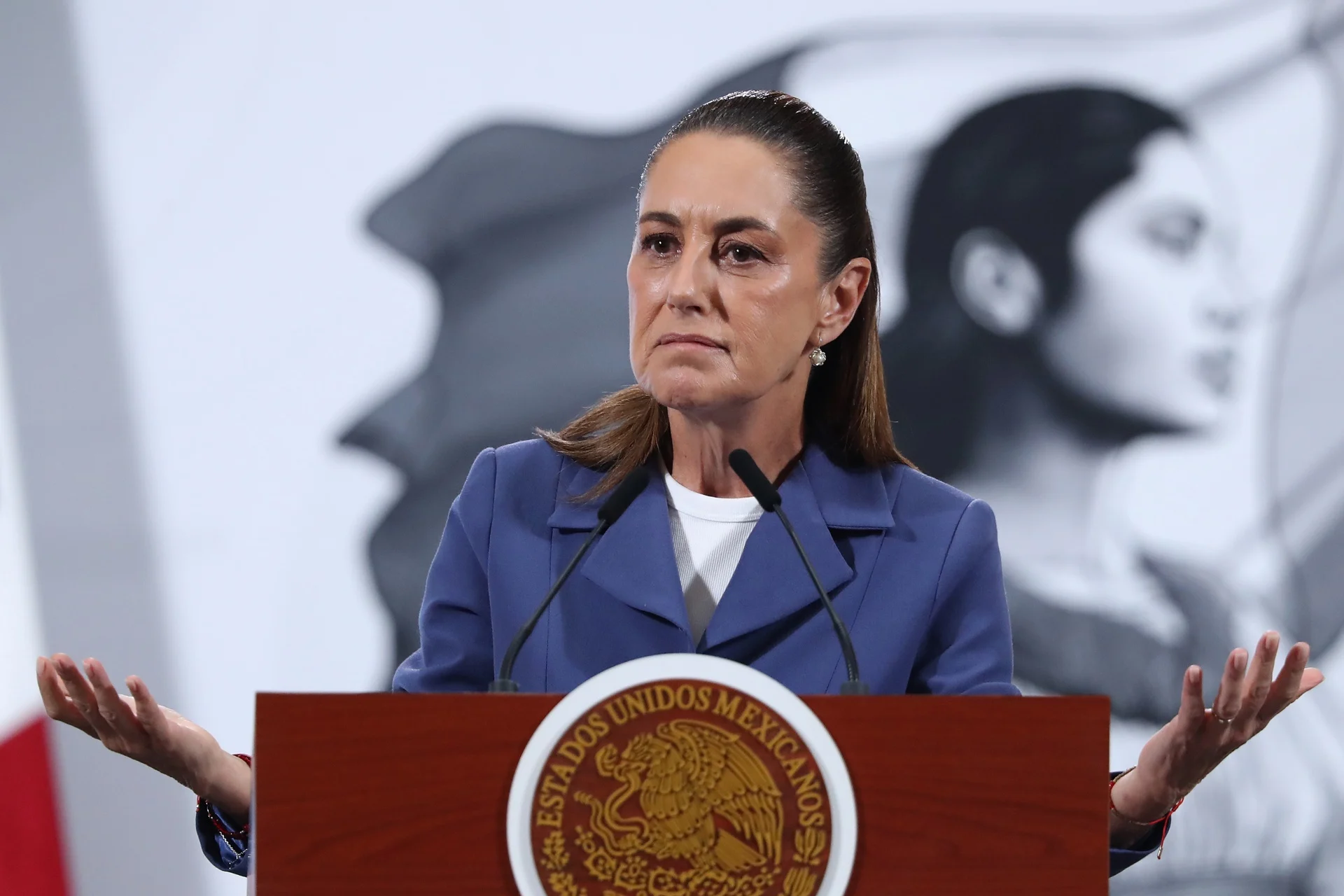
Mexican President Claudia Sheinbaum confirmed on Wednesday that the death toll from recent rains and floods across several central states has risen to 66, while the federal government has activated air bridges and prioritized assistance in 191 isolated communities.
“Unfortunately, 66 people have died, and 75 remain missing,” the president said during her morning press conference. She added that the official death toll will be updated later in a new report.
As of Tuesday, authorities had reported 64 fatalities. Sheinbaum also announced the creation of a public information center to centralize official data on the deceased, missing persons, damaged homes, and cut-off communities.
According to the president, the number of missing persons has decreased thanks to coordination with state authorities.
“Through calls to phone line 079, 103 people who had been reported missing have now been located,” she explained.
Priority Municipalities
The president noted that the federal government has classified 191 communities as ‘priority’, a designation based mainly on the percentage of homes affected.
-
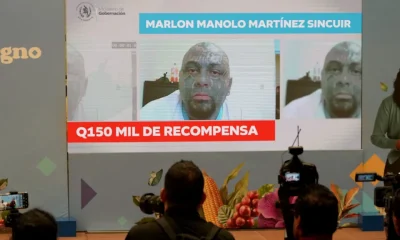
 Central America3 days ago
Central America3 days agoGuatemala arrests first escaped gang member after Barrio 18 prison break
-
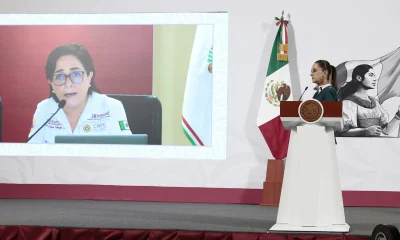
 International3 days ago
International3 days agoMexico reports 64 dead, 65 missing after devastating central region floods
-
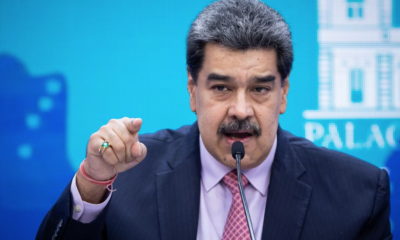
 International3 days ago
International3 days agoVenezuela calls for continued global pressure to secure ‘just peace’ for Palestine
-
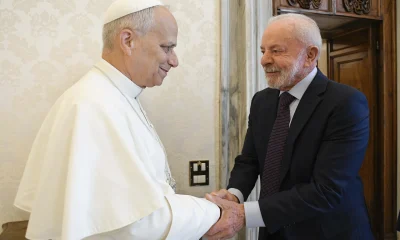
 International3 days ago
International3 days agoPope Leo XIV to skip COP30 in Brazil but plans future visit, Lula confirms
-
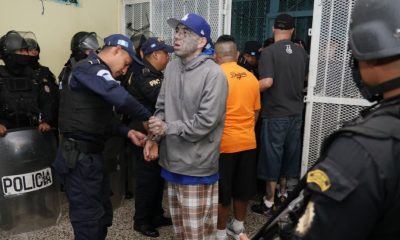
 Central America4 days ago
Central America4 days agoFraijanes II prison in Guatemala reports gradual escape of 18th Street gang inmates
-
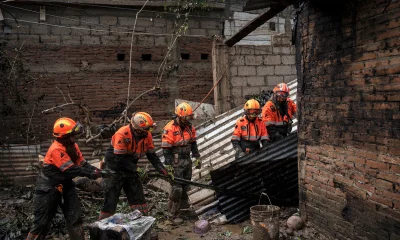
 International2 days ago
International2 days agoSheinbaum: Urgent to restore access to towns cut off by heavy rains
-
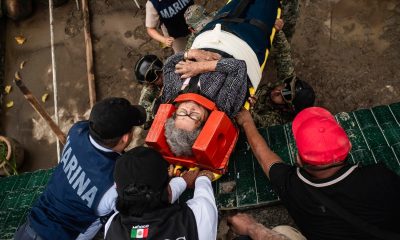
 International4 days ago
International4 days agoHeavy rains leave dozens dead in Hidalgo, Puebla, and Veracruz
-
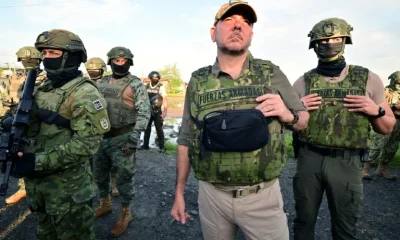
 International2 days ago
International2 days agoArmed forces target illegal mines in Northern Ecuador with bombing raids
-
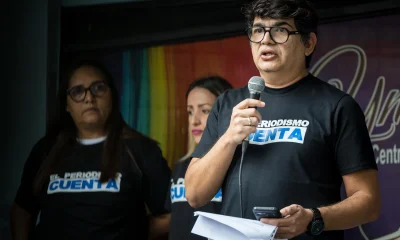
 International2 days ago
International2 days agoVenezuelan media faces fresh restrictions after reporting on opposition leader’s Nobel win
-
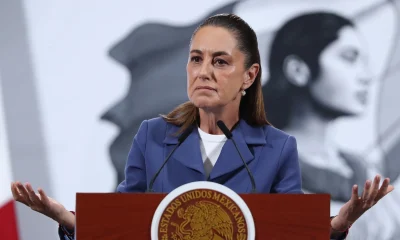
 International1 day ago
International1 day agoMexican government prioritizes 191 communities after deadly floods
-

 International2 days ago
International2 days agoCaracas shuts embassy in Oslo without explanation following Machado’s Nobel win
-

 International1 day ago
International1 day agoNew road and bridge explosions raise alarm amid indigenous protests in Ecuador
-
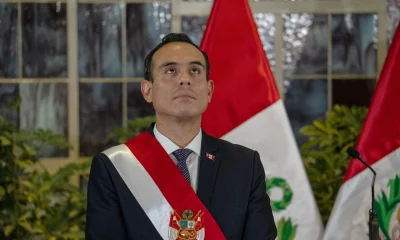
 International2 hours ago
International2 hours agoPeru’s interim president José Jerí refuses to resign after protester’s death in Lima
-
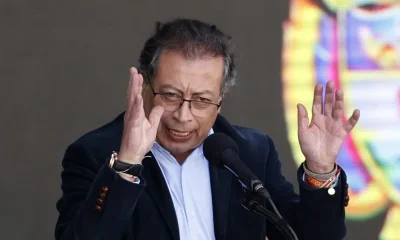
 International2 hours ago
International2 hours agoPetro expresses concern over fatal shooting during mass protests in Lima
-
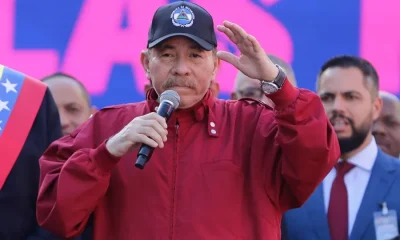
 Central America2 hours ago
Central America2 hours agoNicaragua grants 2,500-hectare mining concession to chinese firm in protected region
-
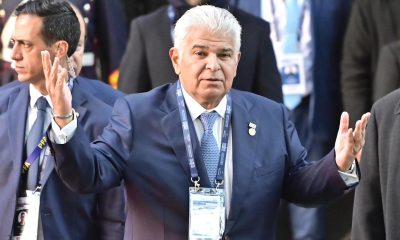
 Central America2 hours ago
Central America2 hours agoPanama’s president accuses U.S. Embassy official of visa threats amid China tensions


























